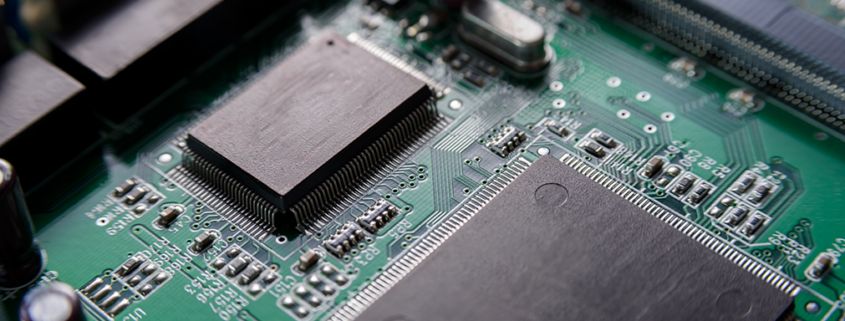How will the chip shortage affect your fleet
Do you happen to know how much a semiconductor costs? One to two dollars. A whole car costs from 40 thousand – just to give you an idea of the proportion. However, this little electronic David, the basis of integrated circuits, is bringing the great Goliath to its knees: a flea – also in its size – with the strength of a lion.
Because of the lack of chips, the production lines of almost all manufacturers have reduced production or even stopped. Reason: the disappearance of semiconductors. It’s the chip shortage.
If there are no major changes to a variant of COVID-19 (with more lockdowns), the forecast is that only in the middle of the year will the situation begin to normalize. Some experts predict a new normal only in 2023.
Semiconductors are essential in new technologies such as Artificial Intelligence, IoT, cloud computing, autonomous vehicles and the entire repertory of 5G solutions. But they are equally in everyday devices, like our smartphone or washing machine. That’s why this dependence, when unbalanced, causes global damage.
With this in mind, you must know that fleet costs are expected to increase as production delays caused by the microchip shortage are delaying vehicle replacements. This can have a negative impact on fleet budgets in one particular way: higher fleet maintenance costs.
Knowing that maintenance costs can be higher, and you can have vehicles stopped due to lack of parts, more than ever it is important to be aware of preventive maintenance of the fleet.
This type of maintenance aims to reduce excessive expenses with the fleet, as it is based on scheduling stops in advance for adjustments, lubrication, and replacement of components. Its cost is usually between 30% to 40% lower than the other modalities, in addition to increasing the time between maintenance, increasing safety, and reducing the probability of problems on the road. It also ensures that you have time to come up with workarounds if you don’t find what you need to solve the problem.
To use these benefits, it is necessary to draw up a maintenance plan: in an agenda, or a fleet management software, point out which vehicles and components will be overhauled and the respective dates. Do it in a way that meets the need for maintenance of each type of vehicle, in addition to not leaving the fleet without enough units to operate and meet the demand of the company and its customers.


